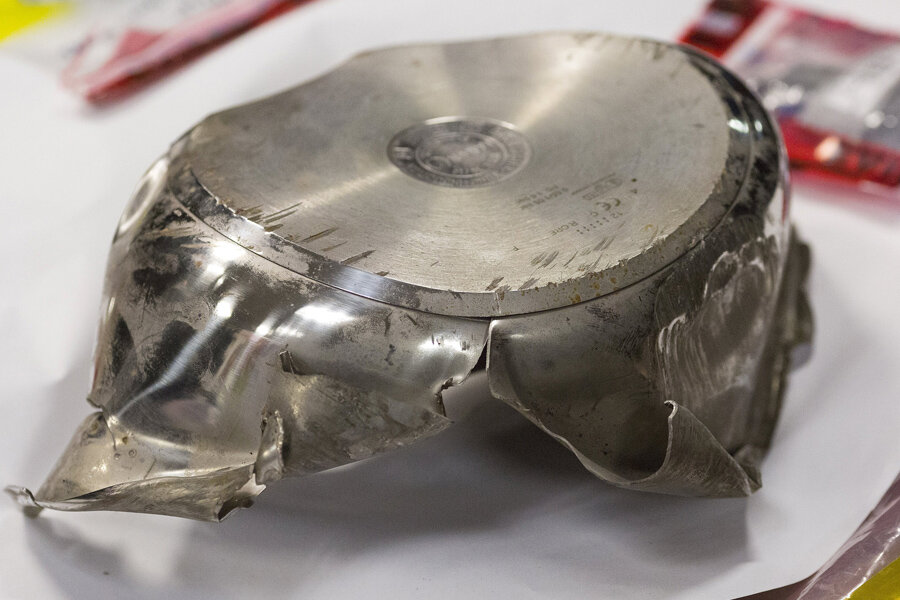Marathon bombing trial jury hears testimony on explosives Tsarnaevs used
Loading...
| Boston
The bombs that tore through the crowd at the Boston Marathon in a deadly 2013 attack were powered by flash powder used in fireworks, an FBI chemist said on Thursday as prosecutors move toward the end of their case.
Federal Bureau of Investigation chemistry specialist David McCollam testified in the 14th day of Dzhokhar Tsarnaev's trial on charges of killing three people and injuring 264 people with a pair of homemade pressure-cooker bombs at the race's finish line on April 15, 2013.
The bombs used in the attack, as well as others thrown at police during a gunfight in the suburb of Watertown, Massachusetts, after Tsarnaev and his older brother, Tamerlan, allegedly killed a university police officer, had the distinctive signs of low-powered explosives, said McCollam. The chemist was the 87th witness to take the stand since the trial began early this month.
Prosecutors contend the bombs were stuffed with gunpowder taken from commercial fireworks and shrapnel. The jury on Thursday saw a photo of an intact "Big Snow" firework found in Dzhokhar Tsarnaev's dorm room at the University of Massachusetts at Dartmouth and another, with the powder removed, found in a backpack taken from the room by a friend of Tsarnaev.
"There's a lot of effort that would go into separating out the pyrotechnic or firework explosive," McCollam said.
Tsarnaev, 21, could be sentenced to death if he is convicted by the US District Court jury in Boston. Tamerlan, 26, died four days after the bombing of injuries sustained during the gunfight, which ended when Dzhokhar sped off in a hijacked SUV, running over Tamerlan in the process.
Dzhokhar Tsarnaev briefly escaped, prompting a day-long lockdown of most of the greater Boston area while police conducted a massive manhunt. He was found hiding in a boat parked in a backyard late on April 19, 2013.
Tsarnaev's lawyers opened the trial early this month with a blunt admission that their client committed all the crimes of which he is accused. Rather than trying to prove his innocence, they are trying to avert a death sentence by convincing the jury that Tamerlan was the driving force behind the attacks.
The same jury that determines whether Tsarnaev is guilty will decide whether he is sentenced to life in prison without the possibility of parole, or death.
The bombing killed restaurant manager Krystle Campbell, 29, graduate student Lingzi Lu, 23, and 8-year-old Martin Richard. Tsarnaev is also charged with the fatal shooting of Massachusetts Institute of Technology police officer Sean Collier three days after the bombing.







